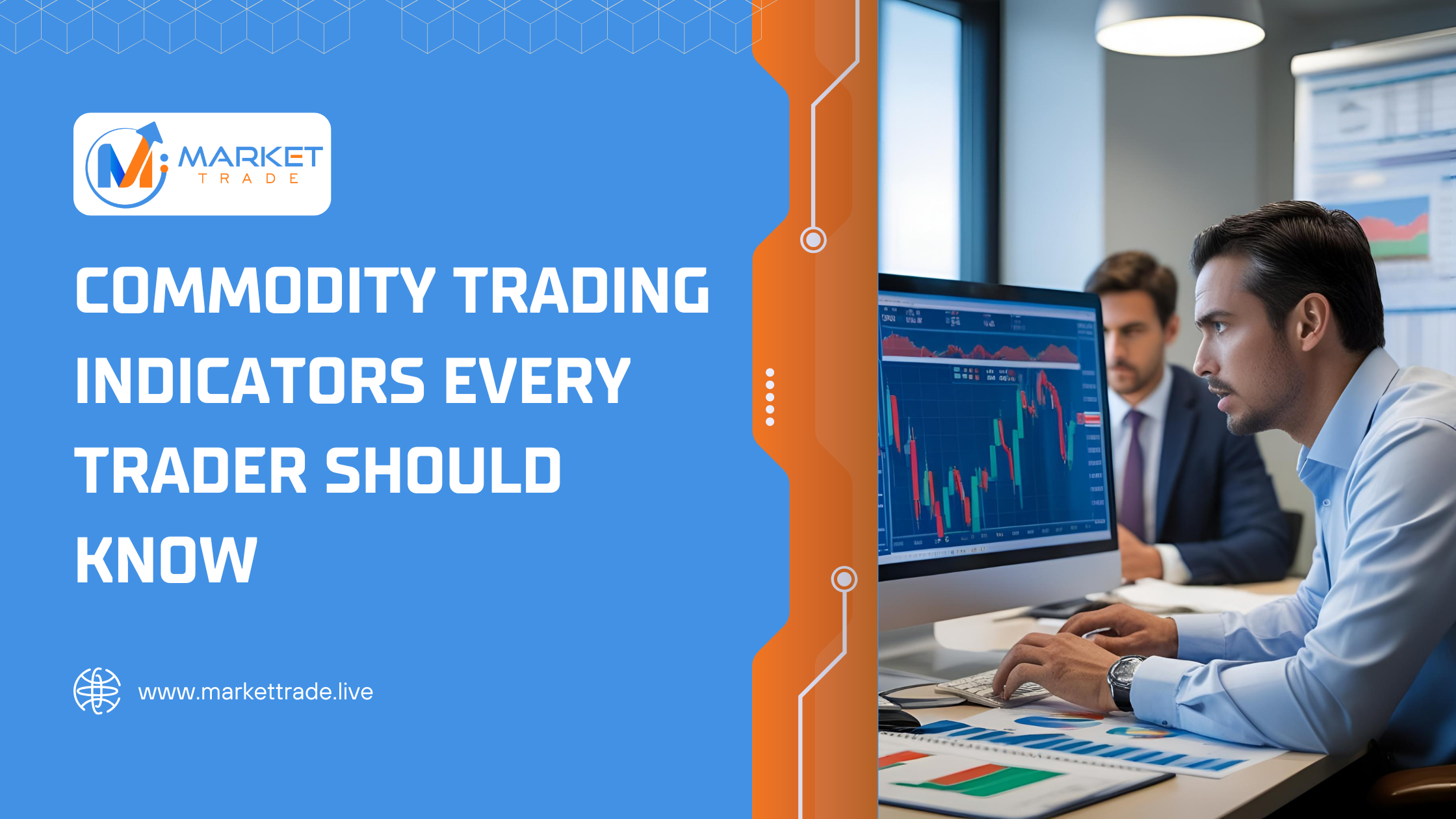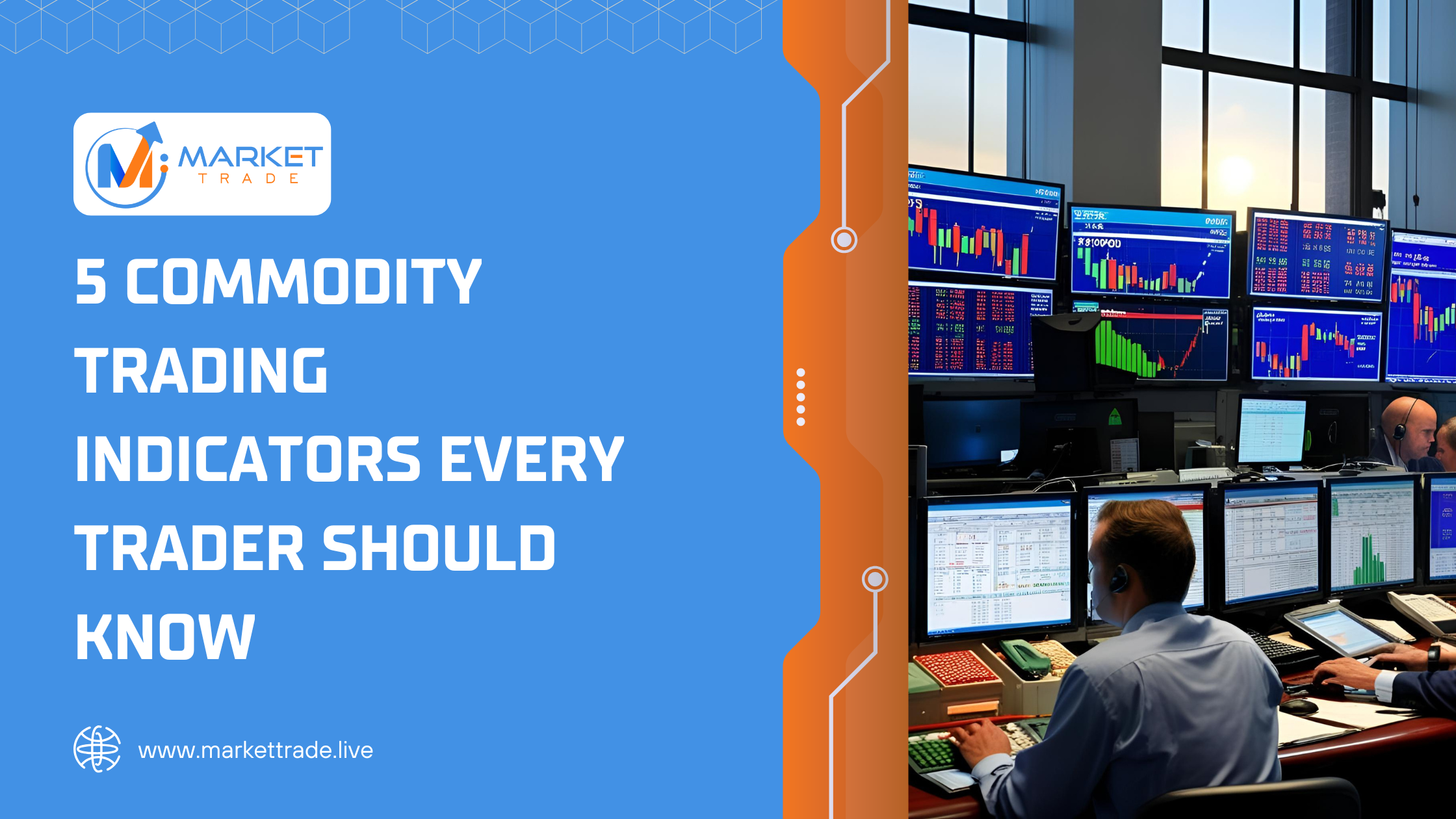
Intraday trading is all about speed, timing, and accuracy. As a trader looking to profit from same-day price movements, you need more than intuition — you need technical indicators that help you spot opportunities and manage risk effectively. In this guide, we’ll break down the top 5 indicators every intraday trader should use, how they work, and why they’re essential for successful trading. What Are Intraday Trading Indicators? Intraday indicators are technical tools used to analyze price charts and predict short-term market behavior. They help traders: Spot trends Identify entry and exit points Detect overbought or oversold conditions Confirm breakouts or reversals Unlike long-term trading, intraday requires fast, reliable signals — and that’s where these indicators come in. Why Indicators Matter in Intraday Trading Intraday markets move fast — driven by market news, economic data, and trader sentiment. Indicators allow you to make decisions based on data, not emotions. With the right indicators, you can: Reduce false entries Improve win rates Manage trades with better confidence Avoid chasing volatile price moves Top 5 Indicators Every Intraday Trader Should Use Let’s dive into the must-have tools for intraday traders: 1. Moving Averages (MA) What It Does: Moving Averages smooth out price data to help identify market trends. Simple Moving Average (SMA) – equal weighting of prices Exponential Moving Average (EMA) – gives more weight to recent prices Use It For: Confirming uptrends or downtrends Building moving average crossover strategies (e.g., 9 EMA vs 21 EMA) Pro Tip: Use 9- and 20-period EMAs on a 5-minute or 15-minute chart for short-term trend signals. 2. Relative Strength Index (RSI) What It Does: RSI measures the momentum of price movements and indicates overbought or oversold conditions. Above 70: Overbought (potential reversal down) Below 30: Oversold (potential bounce) Use It For: Timing entries after a strong move Confirming trend exhaustion Pro Tip: RSI works best in range-bound markets. Combine it with trend indicators for better results. 3. VWAP (Volume Weighted Average Price) What It Does: VWAP gives the average price of a stock weighted by volume — a favorite among institutional traders. Use It For: Spotting price value areas Understanding institutional buying/selling zones Entry/exit confirmation during intraday moves Pro Tip: Price above VWAP = bullish bias. Price below VWAP = bearish bias. 4. MACD (Moving Average Convergence Divergence) What It Does: MACD is a momentum and trend indicator based on the difference between short- and long-term moving averages. Use It For: Identifying trend strength Spotting potential reversals or momentum shifts Pro Tip: Look for MACD line crossing signal line for trade entries. Use it on a 15-minute chart for better intraday signals. 5. Bollinger Bands What It Does: Bollinger Bands plot a moving average with upper and lower bands based on standard deviations. Use It For: Identifying volatility and potential reversal points Planning trades around price extremes Pro Tip: When the bands contract (squeeze), expect a breakout. When the price touches the upper/lower band, it may be due for a pullback. How to Combine Indicators for Intraday Trading Using one indicator alone can result in false signals. The real power comes from combining 2–3 indicators for confirmation. Example Strategy: Use EMA to identify the trend Use RSI to time entries Confirm with VWAP or MACD This multi-indicator approach helps filter noise and gives higher probability trade setups. Conclusion Choosing the right indicators for intraday trading can drastically improve your edge in fast-moving markets. By mastering tools like Moving Averages, RSI, MACD, VWAP, and Bollinger Bands, you can make informed, data-driven decisions that increase profitability and reduce emotional mistakes. But remember: Indicators are tools, not guarantees. Combine them with proper risk management, discipline, and strategy testing for long-term success. Start Intraday Trading with Market Trade At Market Trade, we offer professional-grade tools, real-time charts, and expert insights — so you can make smarter intraday trades with confidence. Sign up now and take your intraday trading to the next level!






